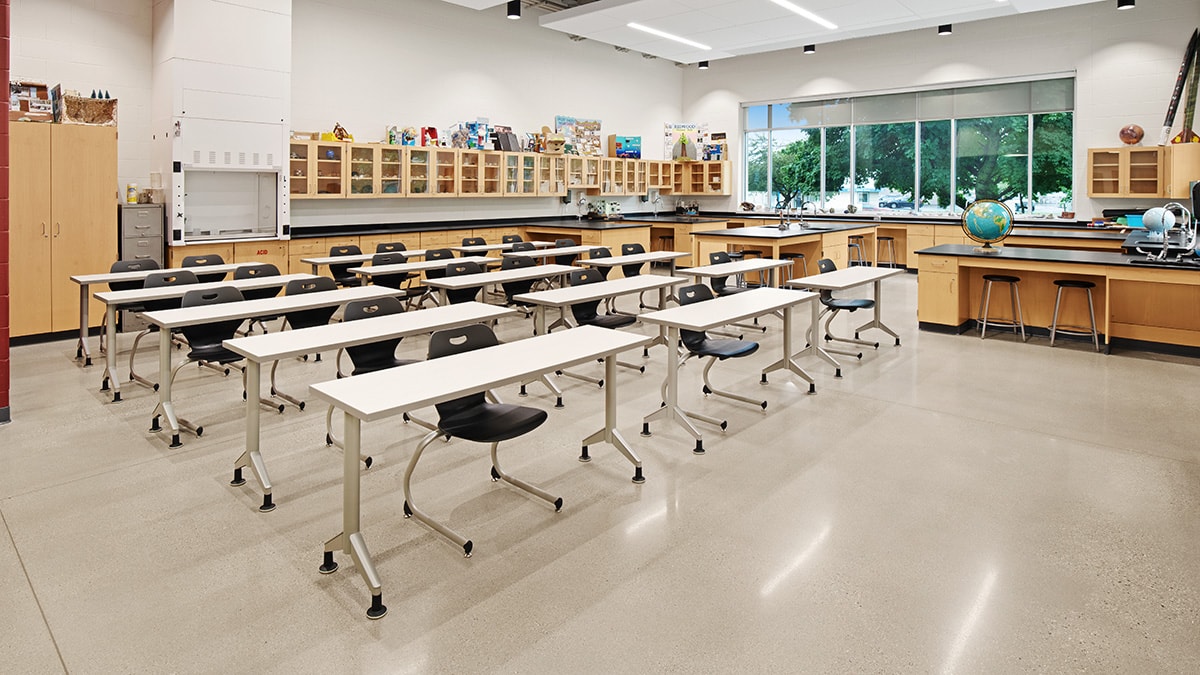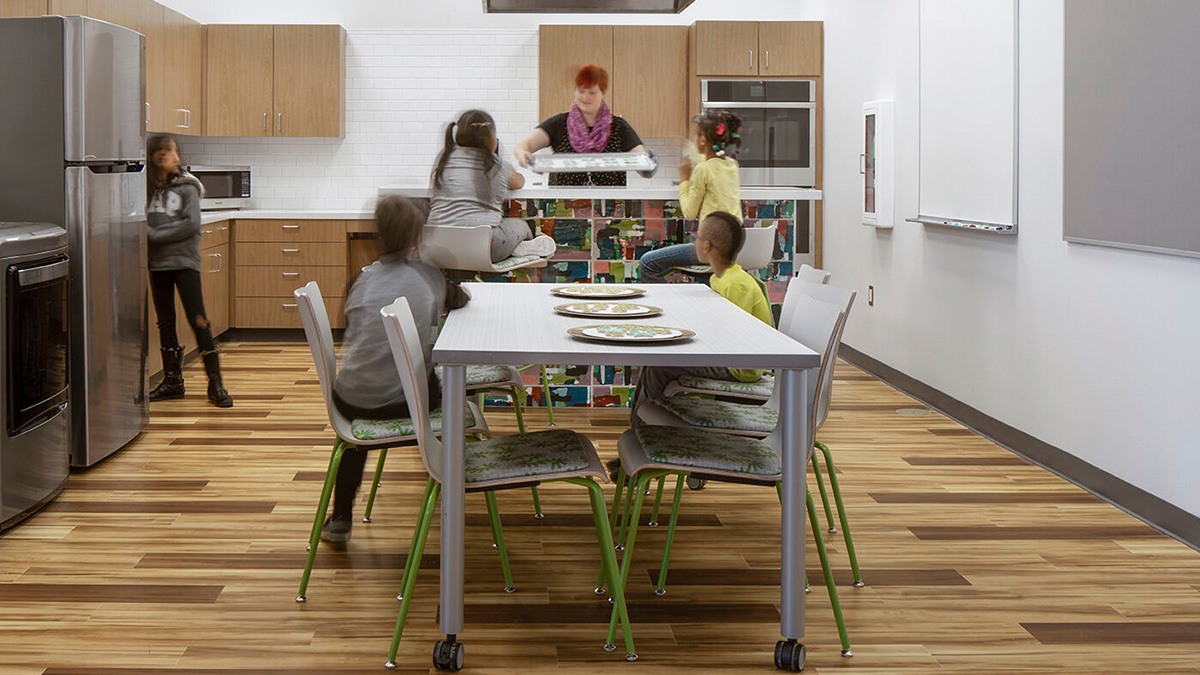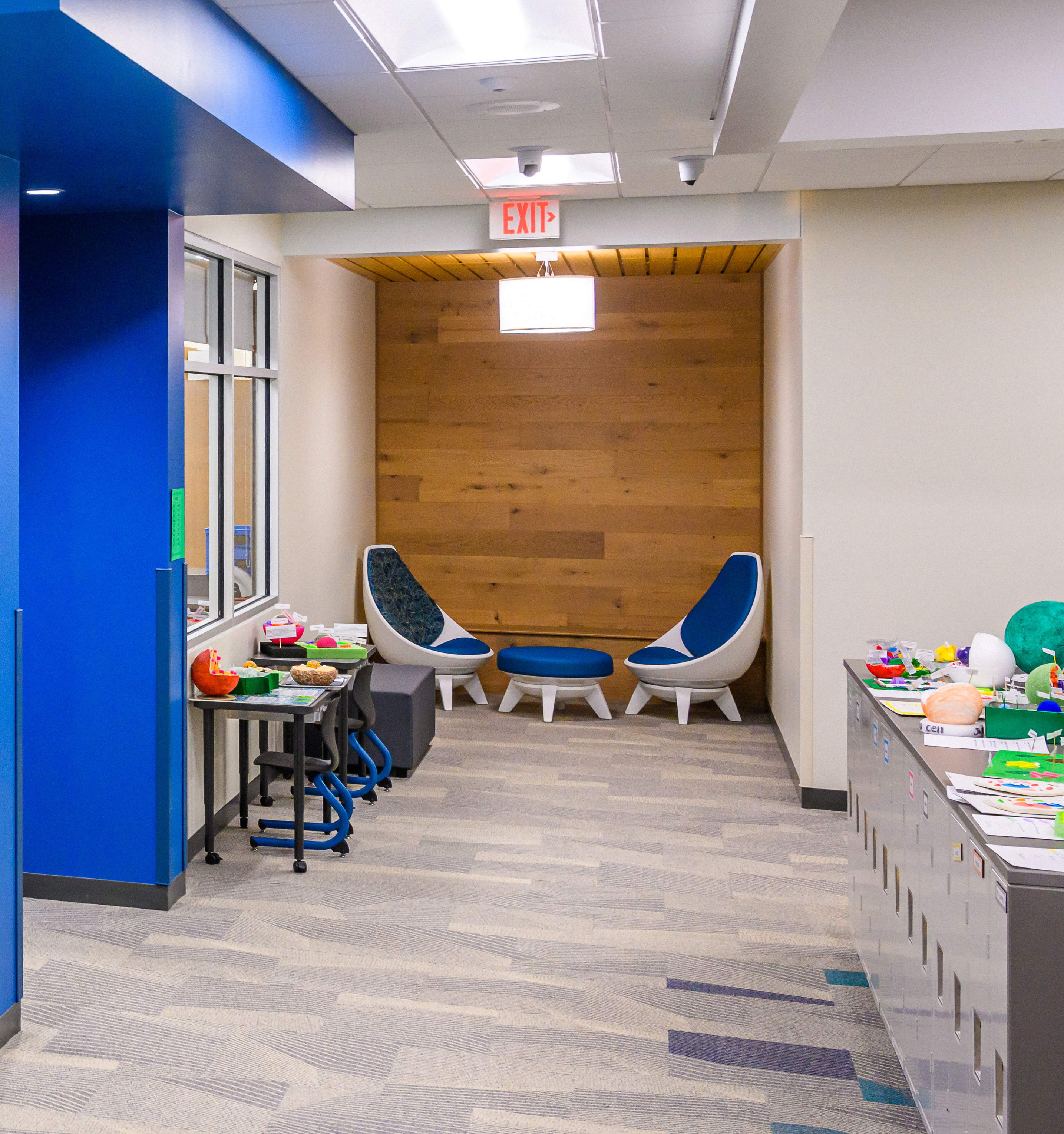How to Tailor Your Classroom Design to Your Curriculum

As educators, we periodically review our curricula and teaching methodologies to ensure they’re still meeting our needs and the needs of our students. We might make substitutions or refresh parts of a curriculum on a frequent basis.
But how often do we check in on our physical learning environments in the same way? While a curriculum evolves, classroom design rarely changes with it.
It’s time to start thinking about our physical classrooms on a regular basis, too. Since students spend so much time in a classroom setting, it can significantly impact how they engage with their learning material.
So, let's explore how your classroom design can complement your curriculum.
Identify What Your Classroom Needs
No single classroom can be a “one-stop shop” for every teacher’s or student’s needs. It’s important for administrators to ask educators directly about their teaching style and how they use their classroom accordingly.
To garner this insight, consider asking these questions:
- Style: How would you classify your teaching style? How will your students learn the curriculum? For instance, is it more “hands-on” active learning? More technology-driven or research-based?
- Space: Do you have any specific spatial needs? For example, do you need storage for materials? Do you need classroom labs?
- Design: Does the room layout change based on the activity? If not, why? Is it because you’re limited with your current furniture or configuration?
- Furniture: How are you using or not using your current furniture arrangement?
- Preference: Do you find that students gravitate toward a certain type of desk, table, chair, etc.? If so, does it depend on the activity? Why do they say they like that particular piece of furniture?
- Solution: If you could wish for any type of furniture or configuration that would enhance your curriculum and the students’ learning, what would it be? Why?
If you're still unsure what you need in your environment, conduct a culture walk to incite inspiration.
Discover Designs for Any Lesson
To determine the best classroom environment for you, note the specific goals and objectives of your curriculum or teaching style. Music, art, physical education, STEM and career or technical classes all have unique needs that may lend themselves to different classroom arrangements.
For instance, a second-grade teacher might teach supply and demand in economics by having students mill about a “marketplace” with different “goods” to sell. That sort of approach might benefit from an active learning space, where mobile furniture allows students to rearrange their “market stalls.”

A different instructor might organize their curriculum around project-based learning, where students can learn in an interdisciplinary manner. For instance, students in consumer ed might explore different cultures around the world and then create a group project that allows them to learn different concepts. By baking and presenting a recipe based on a particular culture or tradition, students practice skills from fractions to oral presentation in the process. This hands-on style might lend itself to a maker learning space with durable, multipurpose worksurfaces.
Another teacher might have fourth graders explore creative writing, similes and metaphors by assigning students to write a short book of poems. To support this type of introspective yet individual learning process, they may lean toward a traditional learning space with desks and nooks made up of comfortable lounge seating.
Create a Space that Not Only Allows Learning, But Enhances It
At KI, we firmly believe that furniture should be part of the classroom solution rather than being a challenge to the learning process. Moreover, the furniture should help facilitate a given lesson or activity.
After all, when you feel comfortable in your education space and have the tools needed to succeed, you can support learning in the most meaningful way possible.
To help visualize how your classroom can be redesigned to match your lesson plans, check out our interactive (and totally free) Classroom Planner tool. From makerspaces to traditional to active learning layouts, you can test drive the design that works best for you!
Subscribe
Stay up to date with the latest trends and more.








